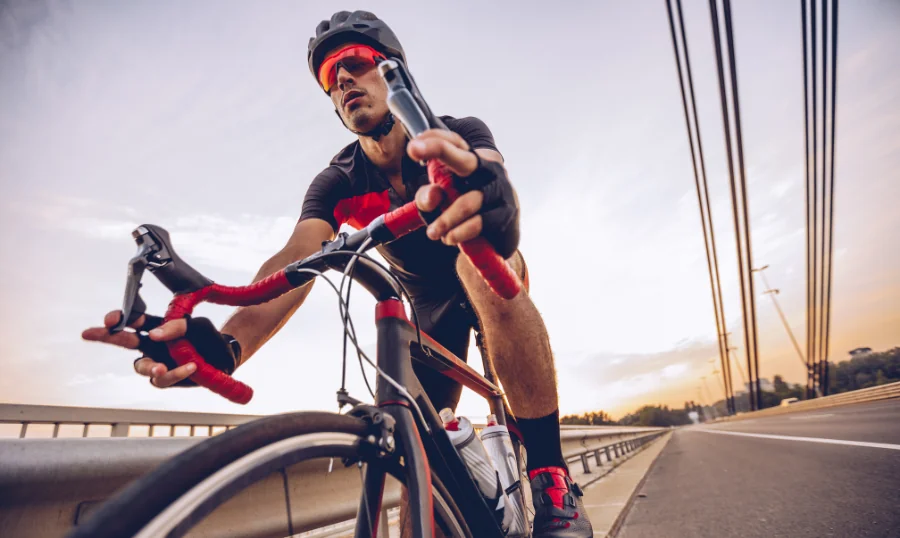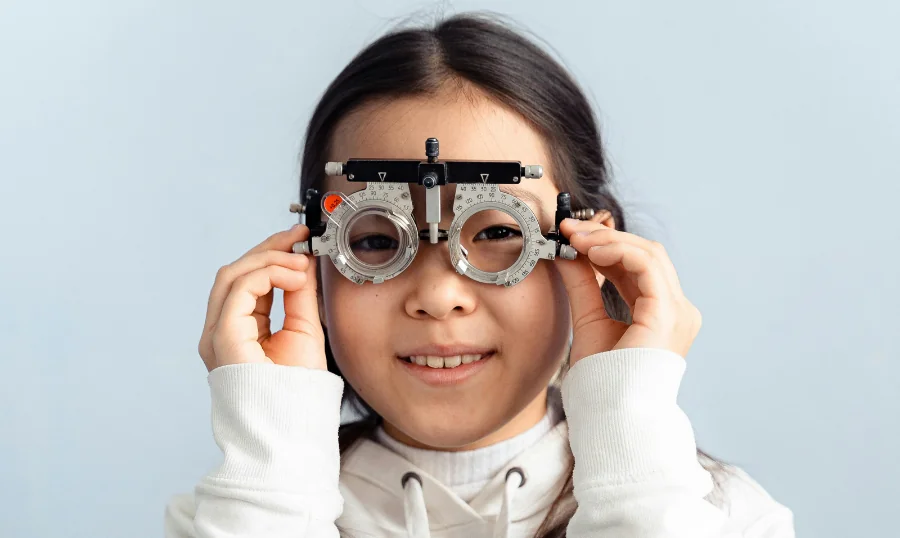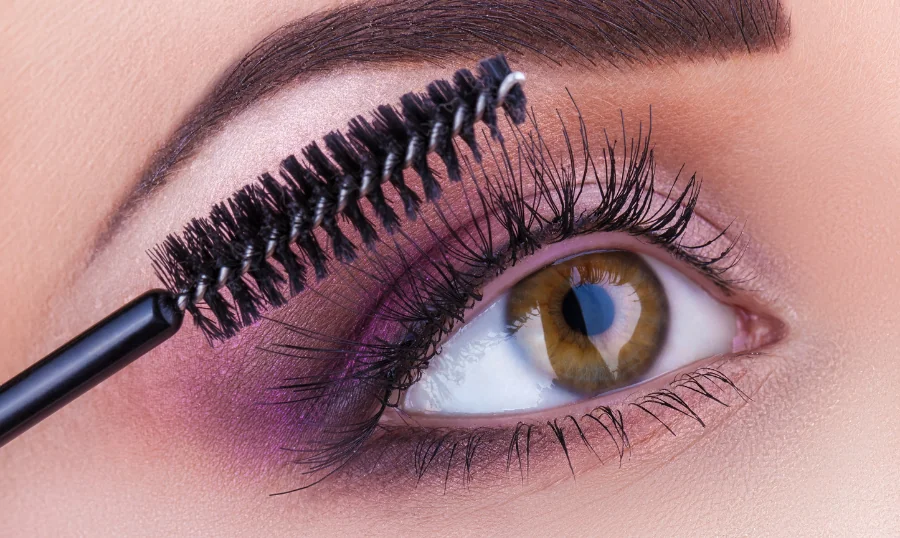How Athletes Safeguard Their Vision: Essential Tips for Protecting Eye Health
As an athlete, your eyes play a vital role in performance. Whether you're a professional or a weekend warrior, maintaining optimal eye health is key.

Functioning eyes and unimpaired vision are something most of us take for granted. However, for many New Zealanders – an estimated 180,000 – severe to moderate vision loss is an everyday reality. Fortunately, many common eye conditions can be prevented and corrected (or at least treated) before they significantly impact your quality of life. Here, we look at the six most common eye diseases in New Zealand, the tell-tale symptoms and treatment options.
It’s estimated that around 207,000 New Zealanders suffer from age-related macular degeneration (AMD) and this number is projected to grow to over 350,000 by 2030. It’s the leading cause of vision problems in over-65s and happens when the macula (light-sensing cells in the retina) grow thin.
Know the symptoms – early warning signs include mild blurriness or difficulty seeing in low-light situations. Some people will experience straight lines looking curved or distorted. Symptoms are typically painless and worsen over time.
How it’s treated – while there is currently no cure, regular eye exams are critical in slowing the progress of AMD. It’s recommended that over-45s have a thorough check every two to four years. Once diagnosed, standard treatment options include anti-angiogenic medication injected into the eye or photodynamic laser therapy. These can stabilise the condition and improve vision.
Around 20-25% of people with diabetes suffer from diabetic retinopathy, the leading cause of blindness and sight loss in New Zealanders under the age of 50. Sadly, almost all patients with type 1 diabetes will develop diabetic retinopathy, and around 60% of those with type 2 diabetes will develop it within 20 years of their diabetes diagnosis.
Diabetic retinopathy occurs when fluctuating blood sugar levels cause ongoing damage to the retina’s blood vessels. It typically progresses slowly, meaning it often goes unnoticed until the symptoms become more severe.
Know the symptoms – blurred vision is the most common complaint. However, sufferers can also experience floating spots, dark spots and cloudy vision.
How it’s treated – if you’re diagnosed with type 1 or type 2 diabetes, good management of the disease and regular check-ups are critical in treating diabetic retinopathy. When it’s identified early, simple medication will be prescribed for treatment, whereas more advanced retinopathy can require laser treatment, surgery or injections in the eye.
Estimated to affect almost 100,000 New Zealanders, glaucoma is the second leading cause of blindness worldwide.
This condition interferes with the nerve fibres of the eye and optic nerve and, when left untreated, can lead to vision loss. In severe cases, it can cause irreversible blindness.
Know the symptoms – a gradual loss of peripheral vision over years, eye pain, nausea and blurred or tunnel vision can be signs of glaucoma. However, around half of sufferers will experience no symptoms until the sight loss is irreversible, meaning regular eye tests are crucial for early detection.
How it’s treated – as with most eye conditions, early diagnosis leads to the best outcomes. When identified early, it can be treated with eye drops, laser or surgery to reduce pressure in the eye.
Cataracts are the leading cause of blindness worldwide and are the most common correctable eye disease that causes blindness and vision loss in New Zealanders.
Occurring at any age (from a large variety of causes), cataracts are due to clouding of the natural lens of the eye– eventually robbing sufferers of their vision completely.
Know the symptoms – blurred or cloudy vision and glare are the most common warning sign of cataracts, and it can also cause sufferers to have difficulty distinguishing colours.
How it’s treated – surgery is the best treatment option for cataracts – around 30,000 cataract surgeries are performed in New Zealand every year with an extremely high success rate.
More than half of all vision loss in Australia and New Zealand is caused by refractive errors, including near-sightedness, farsightedness and astigmatism. These vision issues are caused by the light passing through your cornea not being bent (or refracted) correctly. Refractive errors are commonly inherited and often diagnosed in childhood as vision issues appear.
Know the symptoms – blurred vision (particularly in low light) is a common complaint of refractive error sufferers. Halos, strings, dark specks, double vision and eye strain can also be tell-tale signs.
How it’s treated – there are several treatment options available depending on the type of refractive error diagnosed. They range from corrective eyeglasses to laser, surgery or contact lenses, all having proven positive outcomes.
Affecting approximately 20% of New Zealand adults and increasingly prevalent in those over 65, dry eye occurs when the eye’s natural oils, water or mucus aren’t at sufficient levels to keep the eye lubricated. The production of these natural lubricants tends to diminish with age, and environmental factors like air conditioning, cigarette smoke and excessive screen time can also contribute to the problem.
Know the symptoms – stinging or burning sensations in the eye, sandy or gritty feelings, pain and redness in the eyes, sensitivity to light and excessive tears are all common indicators of dry eye.
How it’s treated – treatment will depend on the severity of the condition but commonly includes medication to reduce inflammation or eye drops to provide lubrication. In some cases, surgery may be necessary.
Up to 90% of vision loss in New Zealand and Australia is categorised as preventable or treatable, making early detection and treatment paramount. In New Zealand, it’s recommended that adults (with no underlying issues) have a thorough eye examination at least every two years, or more often if advised by an eye specialist. However, if you notice any symptoms or vision issues, consult a medical professional as soon as possible.

As an athlete, your eyes play a vital role in performance. Whether you're a professional or a weekend warrior, maintaining optimal eye health is key.

Transforming Little Worlds with Clear Vision!

Our eyes are not just the windows to the soul—they're also incredibly sensitive to the products we apply to our skin.